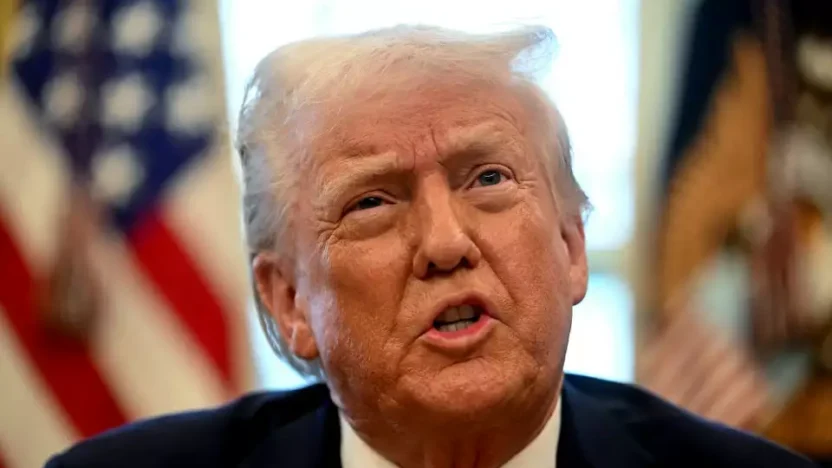President Donald Trump has unveiled a new immigration initiative, the “Trump Gold Card,” aimed at attracting affluent foreign investors by offering a streamlined path to U.S. citizenship for a $5 million investment. This program is set to replace the existing EB-5 Immigrant Investor Program, which required a minimum investment of $800,000 to $1.05 million in U.S. businesses that create at least ten jobs. The Gold Card eliminates the job creation mandate, focusing instead on direct financial contributions to the U.S. economy.
Commerce Secretary Howard Lutnick criticized the EB-5 program as being “full of nonsense, make-believe and fraud,” and emphasized that the new Gold Card would provide green card privileges and a route to citizenship for wealthy individuals willing to invest $5 million.
However, immigration and wealth advisers express skepticism about the program’s potential success. Concerns center around the high cost and the U.S. tax system, which taxes global income. Bassim Haidar, a multimillionaire, stated, “Paying $5 million for a golden visa and getting taxed on your global income defeats the purpose.”
The Gold Card program is expected to launch in two weeks, with detailed guidelines forthcoming. While it aims to attract high-net-worth individuals, including Russian oligarchs, experts question its appeal given the financial and tax implications.
This initiative reflects a broader trend of countries offering residency or citizenship through investment. The U.S. seeks to capitalize on this market by targeting the global elite, though its success will depend on balancing financial incentives with regulatory and tax considerations.





